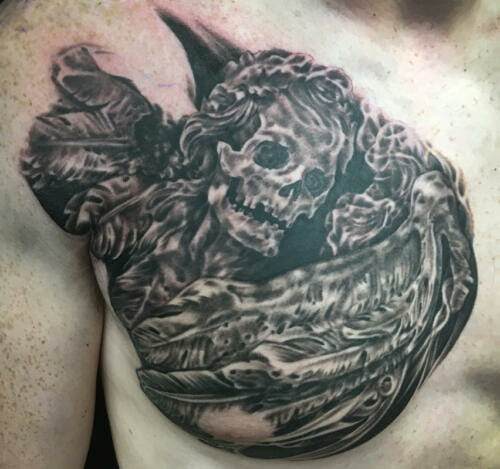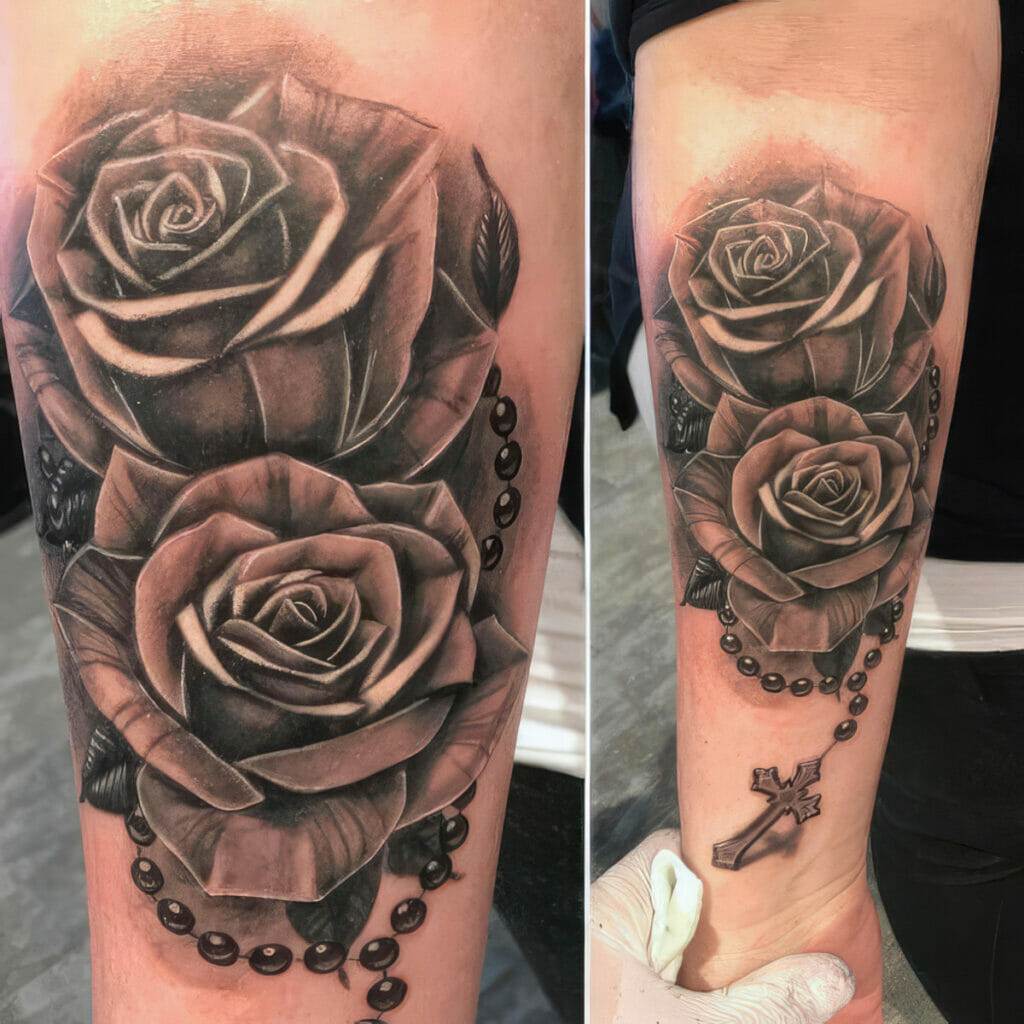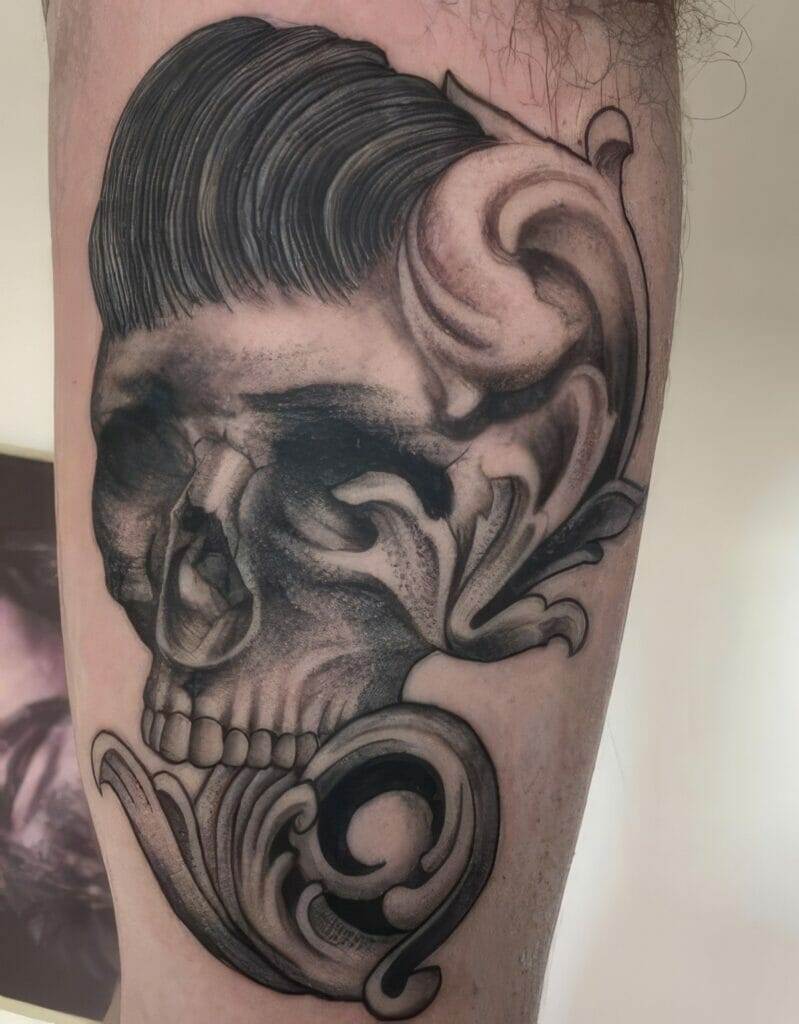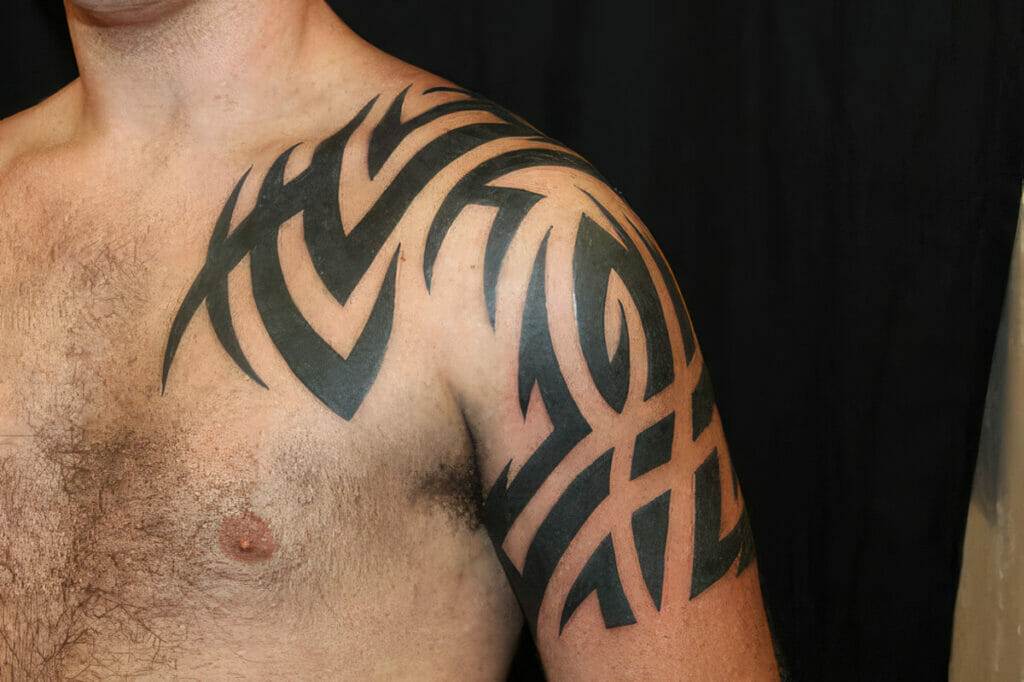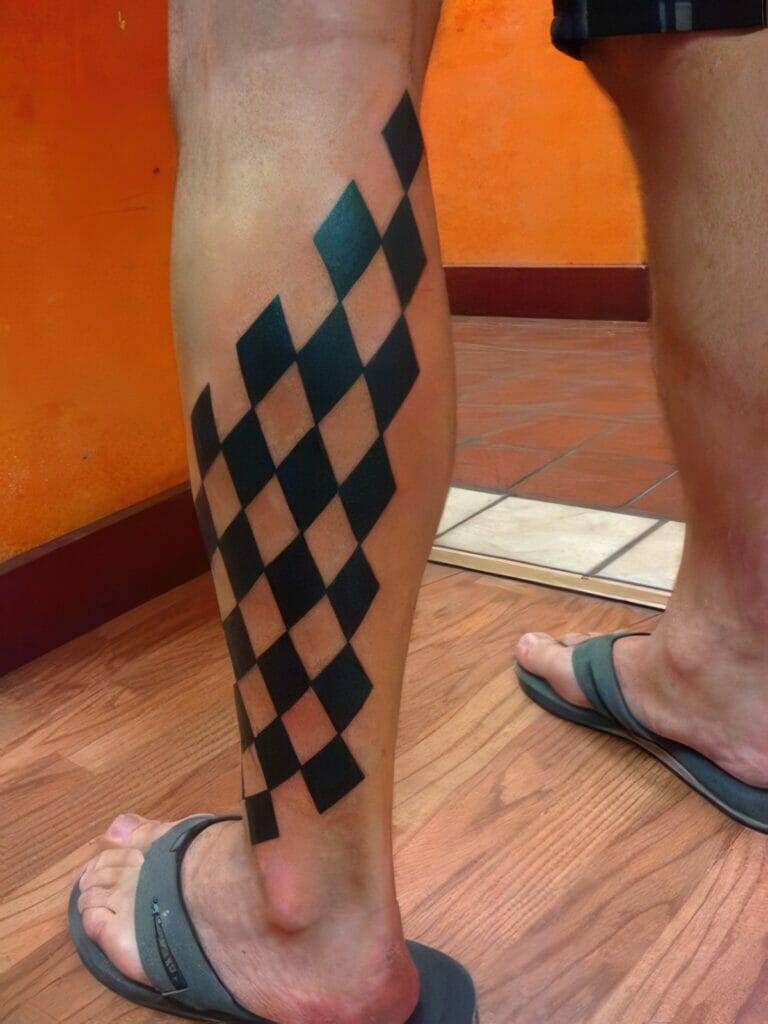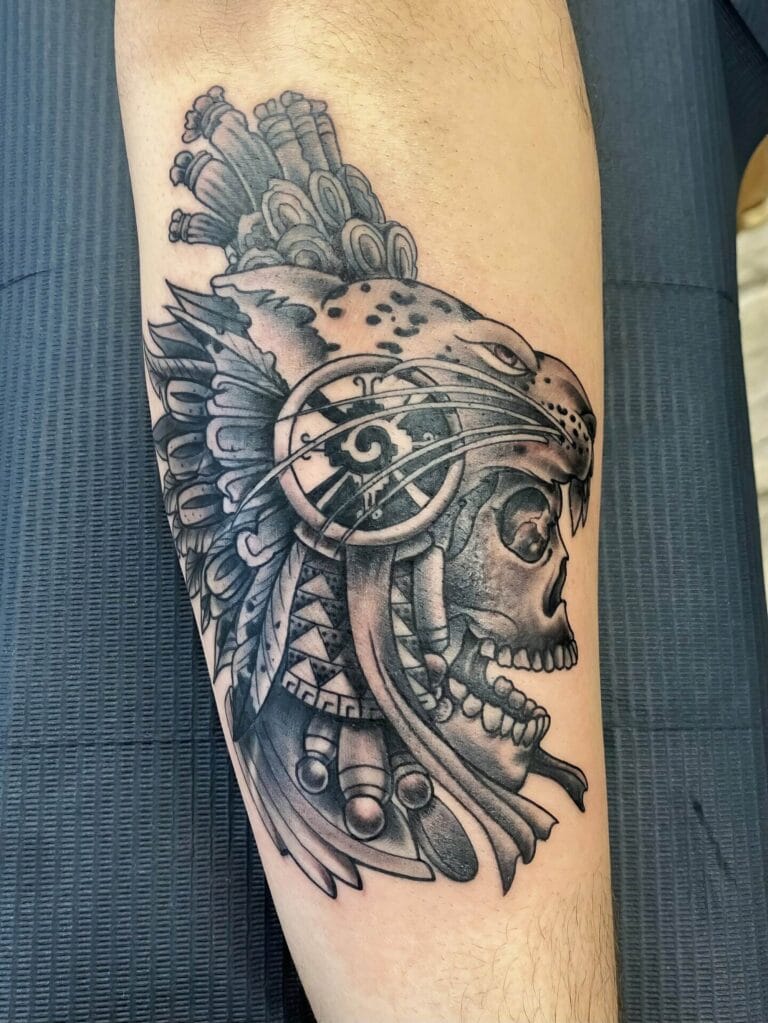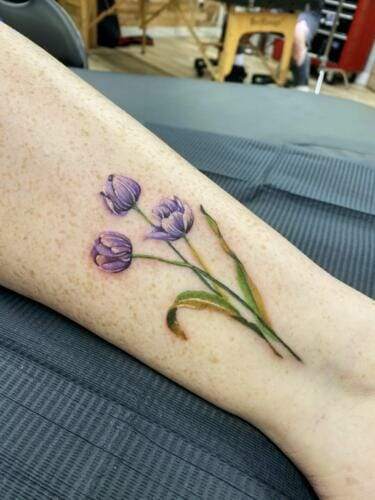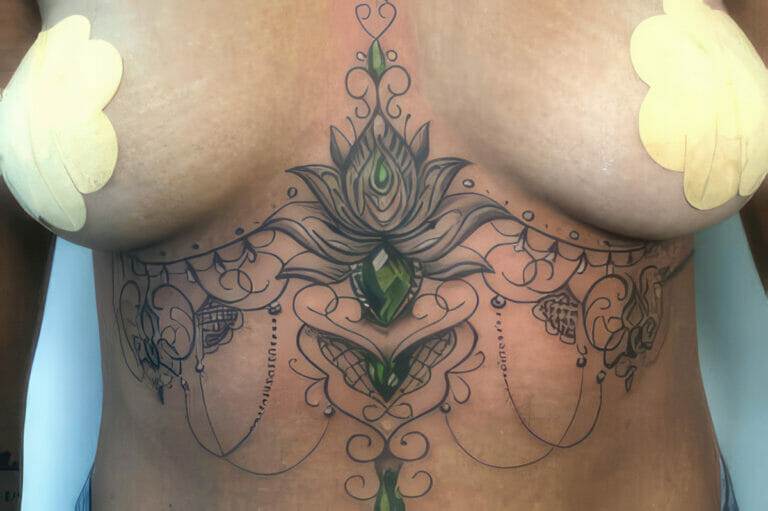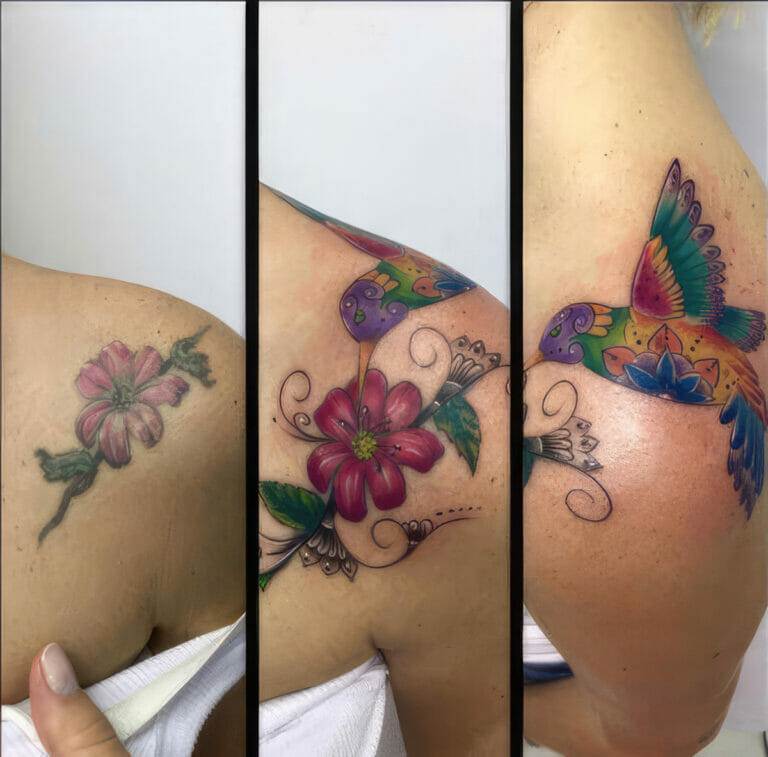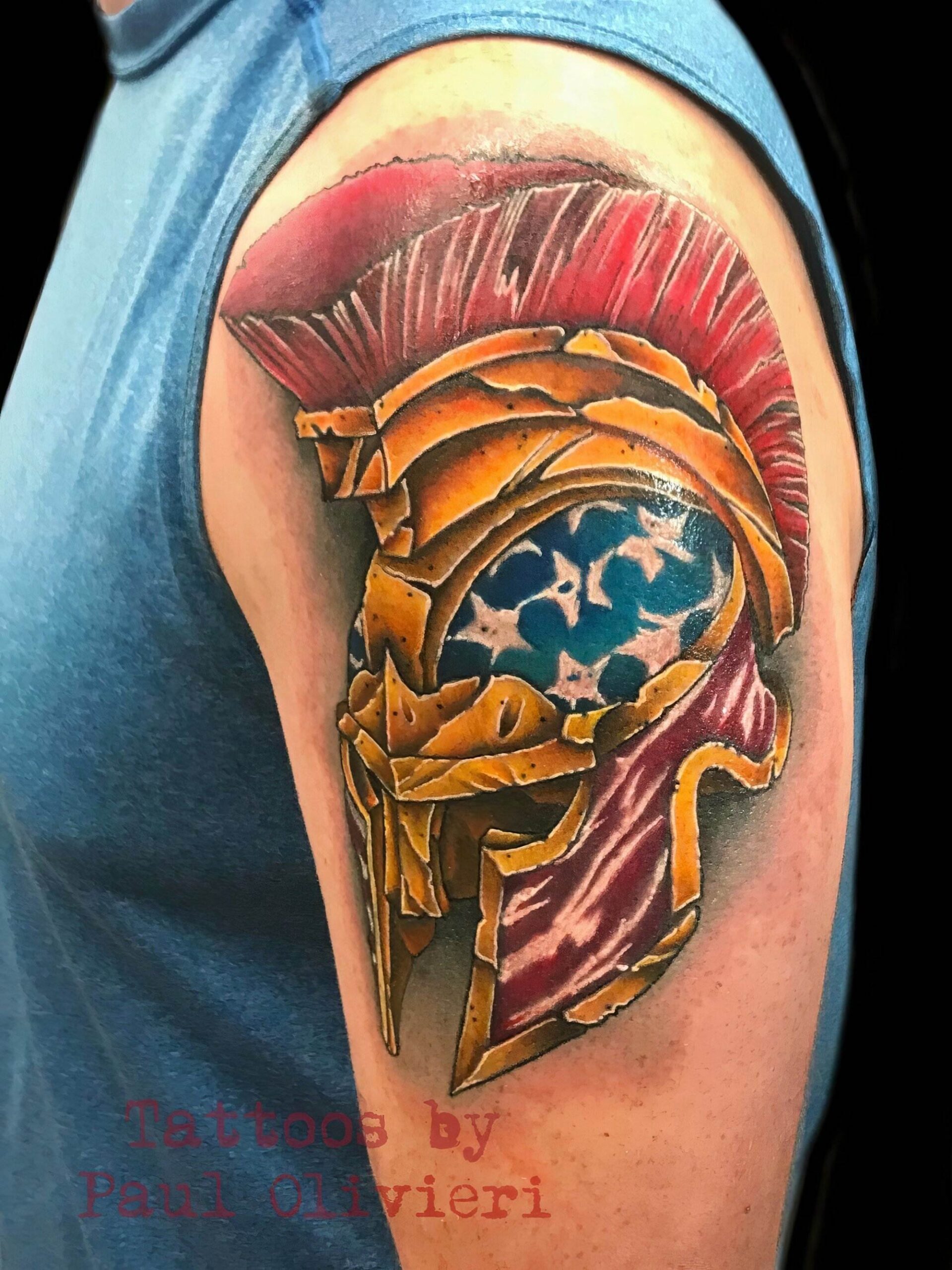
Introduction: Understanding the Art of Tattoos
Brief History of Tattooing
Tattoos have been a part of human expression for thousands of years, transcending cultures and borders. The earliest evidence of tattooing dates back to around 3300 BC, with the discovery of Ötzi the Iceman, who bore several tattoos likely used for therapeutic purposes. Throughout history, tattoos have served various purposes, including status symbols, rites of passage, and acts of rebellion. In ancient cultures, such as the Egyptians and the Greeks, tattoos were often associated with spirituality and protection. The Polynesian islands brought forth the art of tattooing with their intricate designs, deeply rooted in cultural significance.
- Middle Ages: Tattoos took a decline in Europe during the Middle Ages but regained popularity with sailors in the Age of Exploration.
- Modern Era: The late 19th and early 20th centuries saw tattoos shift towards mainstream popularity, leading to the diverse styles we see today.
Understanding this historical context enriches the appreciation of tattoos as a deep form of artistry, deeply woven into the fabric of human culture.
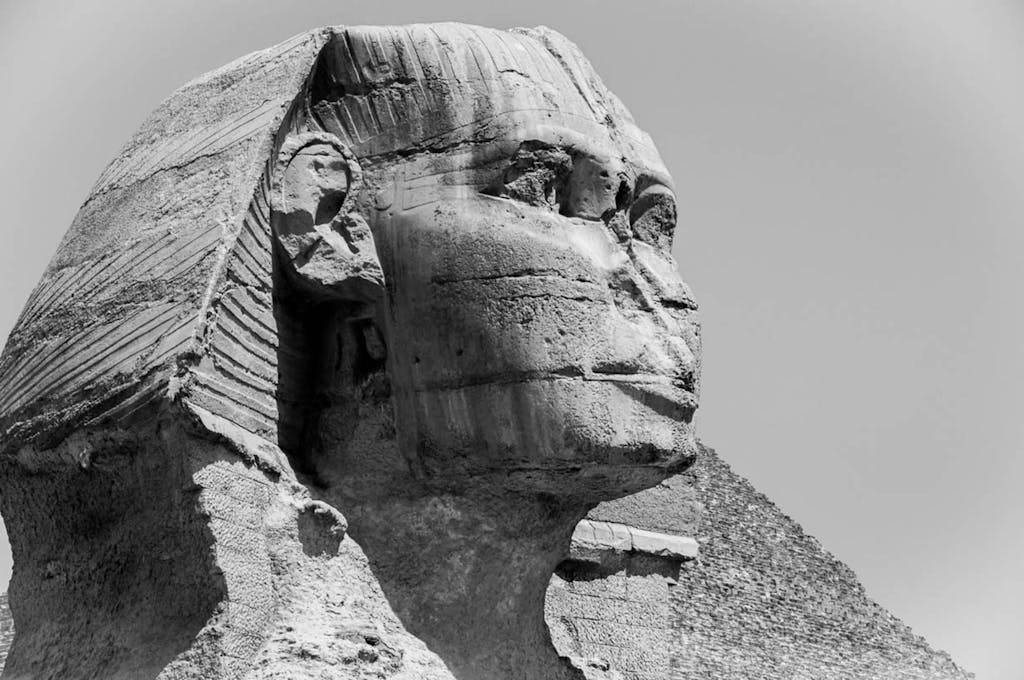
Importance of Tattoo Styles
As tattooing evolved, so did the styles associated with it. Each tattoo style tells a unique story, often reflecting cultural backgrounds and personal meanings. The choice of style can serve as a visual language, expressing everything from beliefs to artistic preferences.
- Cultural Relevance: Different styles carry distinct meanings across cultures. For example, Japanese tattoos often represent mythological tales, while American traditional tattoos celebrate patriotism and personal struggles.
- Personal Expression: Tattoo styles allow individuals to express their personality, experiences, and emotions uniquely. A minimalist tattoo may appeal to someone seeking simplicity, while a full-color realism piece can signify complexity and vibrancy in their life.
Choosing a tattoo style is an essential step in the tattoo journey, as it can resonate with personal values and aesthetics while contributing to the broader narrative of tattoo art itself. Each design, no matter how small or intricate, serves as a canvas for storytelling in a world rich with history and inspiration. Understanding the significance of various tattoo styles ultimately enhances one’s experience and connection to this timeless practice.
Traditional Tattoo Styles
American Traditional Tattoos
American Traditional tattoos are iconic in the tattoo world, often characterized by bold lines, vibrant colors, and timeless designs. This style emerged in the early 20th century, gaining popularity among sailors and soldiers returning from wars. The hallmark features of American Traditional tattoos include:
- Bold Outlines: Thick black lines define the design, ensuring longevity and visibility.
- Limited Color Palette: Predominantly using reds, greens, yellows, and blues, these colors are bright and striking.
- Symbolic Imagery: Common motifs include eagles, skulls, roses, and anchors, each holding rich meaning tied to heritage and personal values.
American Traditional tattoos are not just art; they are a celebration of tradition, resilience, and identity. Each piece acts as a personal emblem, often telling stories of bravery, love, and loss. For enthusiasts, sporting this style can evoke a sense of pride and nostalgia, linking them to a broader historical narrative.
Japanese Traditional Tattoos
In contrast, Japanese Traditional tattoos, or “Irezumi,” offer an expansive canvas for intricate storytelling, often representing various elements from folklore and nature. This style dates back centuries and is deeply embedded in Japanese culture. Key characteristics of Japanese Traditional tattoos include:
- Large, Elaborate Designs: Often covering extensive areas of the body, including the back, arms, and legs.
- Significant Symbolism: Common symbols include koi fish, dragons, cherry blossoms, and waves, each embodying specific cultural meanings — for instance, koi symbolize strength and perseverance.
- Rich Detail: The artistry is notable for its delicate line work and color gradients, reflecting the beauty of nature and myth.
Japanese tattoos serve as an art form that communicates tales of bravery, beauty, and historical context. Many wearers consider these tattoos as not just decorations but as cultural statements and expressions of identity. Whether one opts for the bold aesthetics of American Traditional or the intricate narratives of Japanese Traditional tattoos, each style offers a unique pathway into the world of body art, celebrating both personal and cultural stories. This exploration of traditional tattoo styles highlights how they serve as a bridge connecting individuals to their histories and identities while enriching the overall tattoo culture.
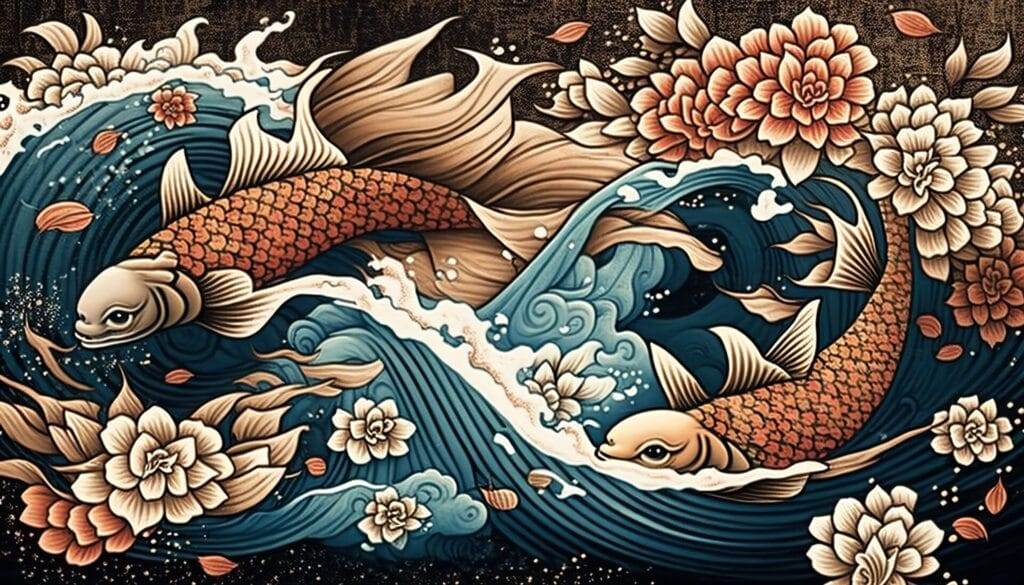
Realism Tattoo Styles
Black and Grey Realism
When it comes to tattoo styles that emphasize depth and detail, Black and Grey Realism stands out as a remarkable form of art. This technique uses shades of black and grey ink to create lifelike images, often resembling stunning monochromatic portraits or scenes from nature. The beauty of Black and Grey Realism lies in its ability to capture emotion and detail without the distraction of color. Key features include:
- Shading Techniques: Artists meticulously blend black ink with grey to achieve gradients, enabling the creation of shadows that give life to the design.
- Naturalistic Detail: Realistic portraits of loved ones, animals, or even cultural symbols thrive in this style, often evoking powerful emotions for the wearer.
- Timeless Aesthetic: The subtlety of black and grey designs means they age beautifully, often retaining their initial appeal much longer than brighter colors.
For many enthusiasts, a Black and Grey Realism tattoo serves as a visual memoir, encapsulating cherished memories or significant moments. Such pieces can speak volumes, evoking nostalgia and personal significance in a deeply meaningful way.
Full-Color Realism
In contrast, Full-Color Realism takes the artistry of tattooing to vibrant new heights, incorporating a broad spectrum of colors to create astonishingly lifelike representations. This style is all about richness and vibrancy, enabling artists to bring their visions to life in a way that captivates the eye. Important elements of Full-Color Realism include:
- Vivid Palette: A wide selection of colors is used, allowing for depth, dimensionality, and a striking resemblance to real-life subjects.
- Intricate Details: Artists work on reflecting the nuances of colors found in nature, whether in floral designs, animals, or human portraits, leading to tattoos that are both stunning and immersive.
- Dynamic Representations: Full-Color Realism often aims to evoke a particular emotion or atmosphere, enabling the wearer to showcase their passions or themes in vibrant detail.
Whether a person chooses Black and Grey or Full-Color Realism, both styles reveal a dedication to artistry and mastery of technique. Each tattoo becomes a unique narrative, capturing a moment in time and evoking emotion through breathtaking imagery. The world of realism tattoo styles continues to inspire and attract individuals who wish to wear their stories on their skin in the most genuine manner.
Geometric Tattoo Styles
Dotwork Geometric Tattoos
Geometric tattoo styles have garnered a significant following in the tattoo community, known for their clean lines and intricate designs. Among these, Dotwork Geometric Tattoos stand out as a unique technique that incorporates a series of dots to create stunning visual effects. This style invites the eye on a journey through carefully crafted patterns, yielding a rich and textured appearance that captivates many tattoo lovers. Key features of Dotwork Geometric Tattoos include:
- Precision and Patience: The creation of these designs requires exceptional precision, as each dot must be deliberately placed to form cohesive shapes and patterns.
- Mesmerizing Patterns: Common motifs include mandalas, sacred geometry, and abstract forms, allowing for limitless creativity and individuality.
- Symbolic Meanings: Many wearers choose dotwork for its spiritual connotations, as geometric shapes often represent harmony, balance, and unity in various cultures.
For those who appreciate a thoughtful approach to tattoo art, Dotwork Geometric Tattoos can serve as meditative symbols — a fusion of art and philosophy translated into a beautiful design.
Line-Work Geometric Tattoos
Transitioning to another facet of geometric designs, Line-Work Geometric Tattoos offer a different yet equally captivating aesthetic. This style emphasizes bold lines and clear shapes that come together to create striking geometric images. Artists use various techniques to create visual depth while maintaining simple elegance. Key characteristics of Line-Work Geometric Tattoos include:
- Simplicity and Clarity: Using clean, crisp lines allows for uncomplicated designs that resonate with minimalist aesthetics; it’s often said that “less is more.”
- Variety of Designs: From intricate mandalas to straightforward lines forming abstract shapes, this style is adaptable to individual preferences and themes.
- Interconnectedness: Line-Work designs can incorporate elements from other styles or seamlessly blend together, creating a fluid and unified design.
Many people opt for Line-Work Geometric Tattoos due to their versatility and the clean finish they provide. Whether adorning a small area or covering a larger space, these tattoos can reflect personal beliefs, experiences, or artistic sensibilities. Together, Dotwork and Line-Work Geometric Tattoos showcase the impressive potential of geometry in tattoo art. They also enable individuals to express their unique perspectives while embracing the beauty, precision, and meaning found within these striking designs. Whether you embrace complexity or simplicity, the world of geometric tattoos offers a rich tapestry of possibilities to explore.
Minimalist Tattoo Styles
Single Line Minimalist Tattoos
Emphasizing simplicity and elegance, Single Line Minimalist Tattoos have gained immense popularity in recent years. This style is characterized by designs created using one continuous line, serving as a striking representation of artistry with minimal elements. The beauty of this approach lies in its ability to convey profound meanings while maintaining an uncluttered aesthetic. Key features of Single Line Minimalist Tattoos include:
- Fluid Designs: The seamless flow of a single line can produce outlines of various shapes, such as animals, faces, or abstract forms, enhancing the elegance of the artwork.
- Clean Aesthetic: These tattoos stand out for their simplicity, often blending effortlessly into the skin while allowing the wearer to express individuality without overwhelming detail.
- Personal Significance: Many choose this style for its subtlety, as a single line often represents a journey or a moment in time, allowing the wearer to reflect on their experiences with a minimal yet potent design.
For many tattoo enthusiasts, Single Line Minimalist Tattoos encapsulate a sense of freedom and sophistication, inviting the contemplation of meaning and form in a compact package.
Simple Symbolic Minimalist Tattoos
Following the trend of minimalism, Simple Symbolic Minimalist Tattoos serve as another elegant avenue for expression. These tattoos often consist of simple shapes or symbols that hold personal significance, making them powerful forms of storytelling. Key characteristics of Simple Symbolic Minimalist Tattoos include:
- Universal Symbols: Common symbols like hearts, arrows, or anchors can convey themes of love, direction, or stability, while remaining understated. This universality allows connectiveness to a wider audience.
- Subtle Representation: A small, simple design can represent complex emotions or memories, making it a popular choice for those who appreciate subtlety in their body art.
- Versatile Placement: The unobtrusive nature of these tattoos lends itself well to diverse placement options, whether on the wrist, behind the ear, or anywhere else one wishes to keep it low-key.
Much like Single Line Minimalist Tattoos, Simple Symbolic designs resonate with those who value meaningful symbols and understated art. For wearers seeking to express emotions or experiences without the need for elaborate designs, this style is an ideal choice. Together, both Single Line and Simple Symbolic Minimalist Tattoos showcase the depth of meaning that can be communicated through simplicity. They emphasize that profound art can exist without overwhelming intricacies, making them a favorite choice for those drawn to the quiet elegance and personal significance of minimalist tattooing.
Watercolor Tattoo Styles
Blended Watercolor Tattoos
Watercolor tattoo styles have emerged as one of the most vibrant and expressive forms of body art today. Among these styles, Blended Watercolor Tattoos stand out for their painterly effect, reminiscent of splashes from a watercolor palette. This approach allows artists to create tattoos that appear as if they were painted directly onto the skin, making each piece unique and lively. Key features of Blended Watercolor Tattoos include:
- Soft Transitions: The design incorporates smooth color gradients and soft edges, mimicking the fluidity of real watercolor paintings. This effect adds depth and dimension to the artwork, drawing the eye in.
- Vibrant Colors: Artists use a range of colors, often layering them to create captivating visuals. The result is a tattoo that can evoke emotions and convey themes through its lively, vivid hues.
- Freedom of Expression: This style allows for greater artistic freedom. Whether it’s a tranquil landscape, animal portrait, or abstract art, Blended Watercolor Tattoos can turn various inspirations into an expressive masterpiece.
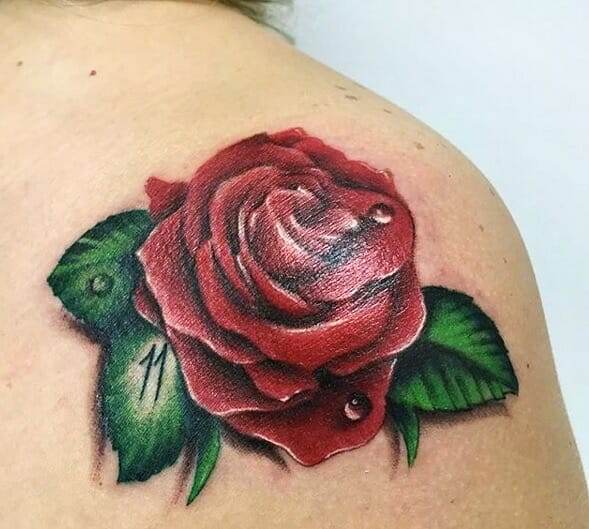
For many wearers, the appeal of Blended Watercolor Tattoos lies in their vibrancy and artistry. It’s common for people to choose these designs to symbolize personal stories, emotions, or even significant life changes, reflecting their journey in a beautifully abstract form.
Splatter Effect Watercolor Tattoos
On the opposite end of the watercolor spectrum, Splatter Effect Watercolor Tattoos add an explosive touch to body art. This style is marked by a dynamic arrangement of colors that mimic the playful chaos of paint splatters, creating eye-catching visuals filled with energy and personality. Distinct characteristics of Splatter Effect Watercolor Tattoos include:
- Dynamic Composition: This style can feature random, free-flowing patterns that evoke passion and vibrancy. Artists often let their creativity run wild, leading to designs that feel spontaneous and lively.
- Expressive Use of Color: The inherent unpredictability of splatter techniques allows for bold contrasts and unique combinations of colors, ensuring no two tattoos are alike.
- Versatile Themes: Many wearers choose the splatter effect for its artistic flair, transforming ordinary designs into striking expressions of individuality. Popular themes include abstract designs, floral patterns, or even whimsical interpretations of animals.
Whether someone is drawn to the soft elegance of Blended Watercolor or the energetic chaos of Splatter Effect designs, watercolor tattoo styles open the door to endless creativity and personal expression. Together, they celebrate movement and feeling through colorful artistry, allowing individuals to wear their unique stories with flair and vibrancy. With this continued evolution in tattoo styles, the watercolor trend keeps flourishing, captivating those who appreciate art in its many forms on their skin.

